American-born Lyonel Feininger (1871-1956) was an illustrator and cartoonist active in Germany who in 1907 gave up his commercial work and rose to prominence as an artist who exhibited with the expressionists. Much of his formal work was heavily influenced by cubism, to which he was exposed in Paris in 1911. His resulting “prismatic” style was applied most frequently to architectural subjects—in 1919, Walter Gropius chose Feininger as his first appointment to the teaching staff of the Weimar Bauhaus—but also to figures and seascapes. Though best known for his drawings and watercolors, Feininger took up photography at the age of 57, going out at night to experiment with avant-garde photographic techniques. A selection of his rarely seen photographs, along with drawings and watercolors, will be on display from March 30 to June 2 at the Sackler Museum, and an online collection of his photographic works is accessible at www.harvardartmuseums.org/feiningerphotographs.
Lyonel Feininger's photography displayed at Harvard
Lyonel Feininger's photography displayed at Harvard
Displaying a fascinating body of work
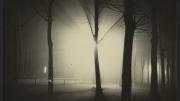
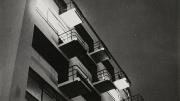
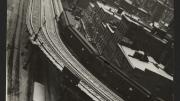


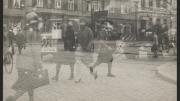
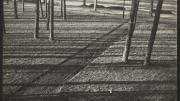
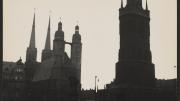
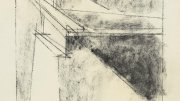
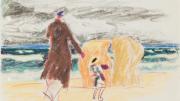

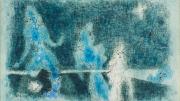

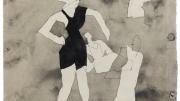
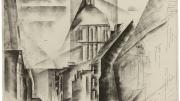

You might also like
Novelist Lev Grossman on Why Fantasy Isn’t About Escapism
The Magicians author discusses his influences, from Harvard to King Arthur to Tolkien.
This TikTok Artist Combines Monsters and Mental Heath
Ava Jinying Salzman’s artwork helps people process difficult feelings.
England’s First Sports Megastar
A collection of illustrations capture a boxer’s triumphant moment.
Most popular
Explore More From Current Issue

The 1884 Cannibalism-at-Sea Case That Still Has Harvard Talking
The Queen v. Dudley and Stephens changed the course of legal history. Here’s why it’s been fodder for countless classroom debates.

Open Book: A New Nuclear Age
Harvard historian Serhii Plokhy’s latest book looks at the rising danger of a new arms race.

Novelist Lev Grossman on Why Fantasy Isn’t About Escapism
The Magicians author discusses his influences, from Harvard to King Arthur to Tolkien.



